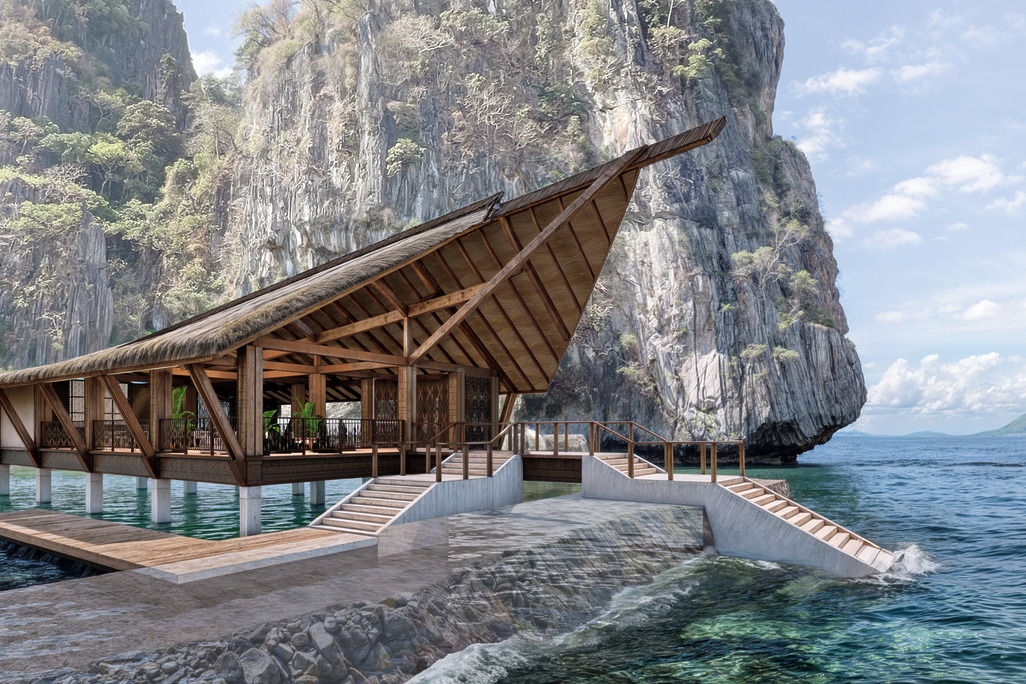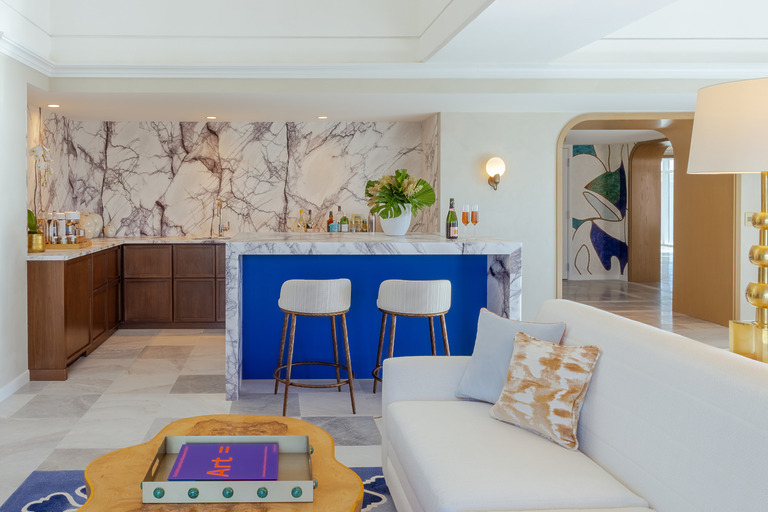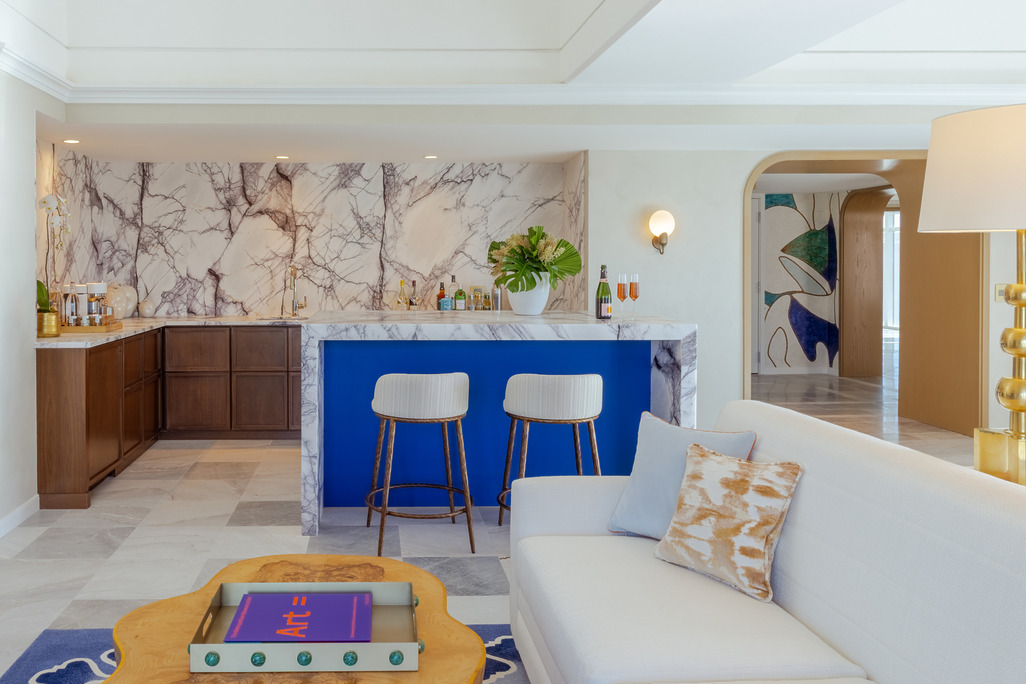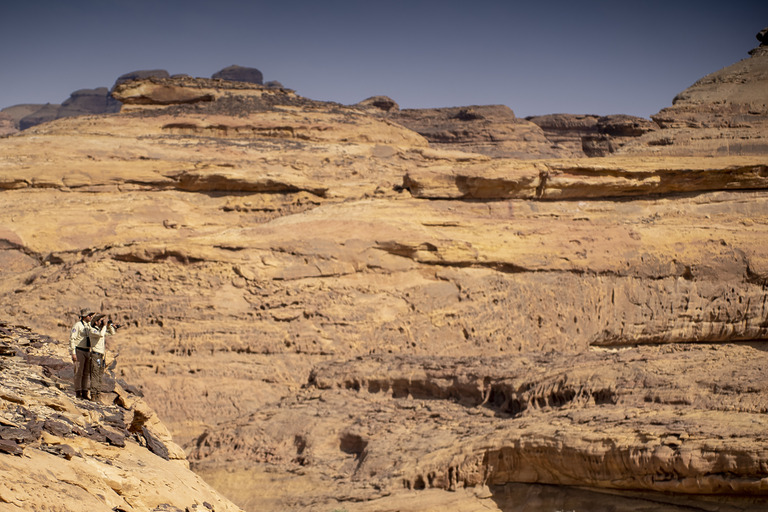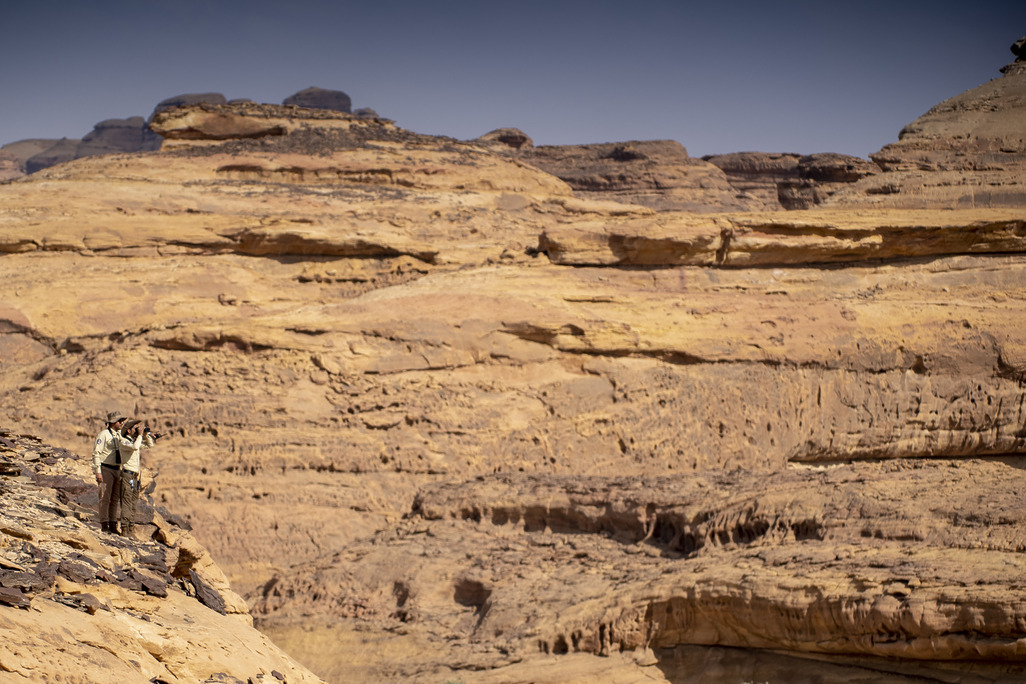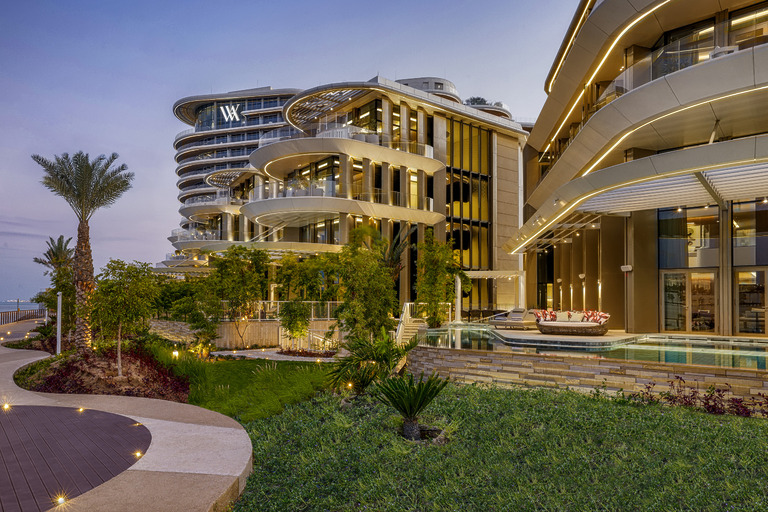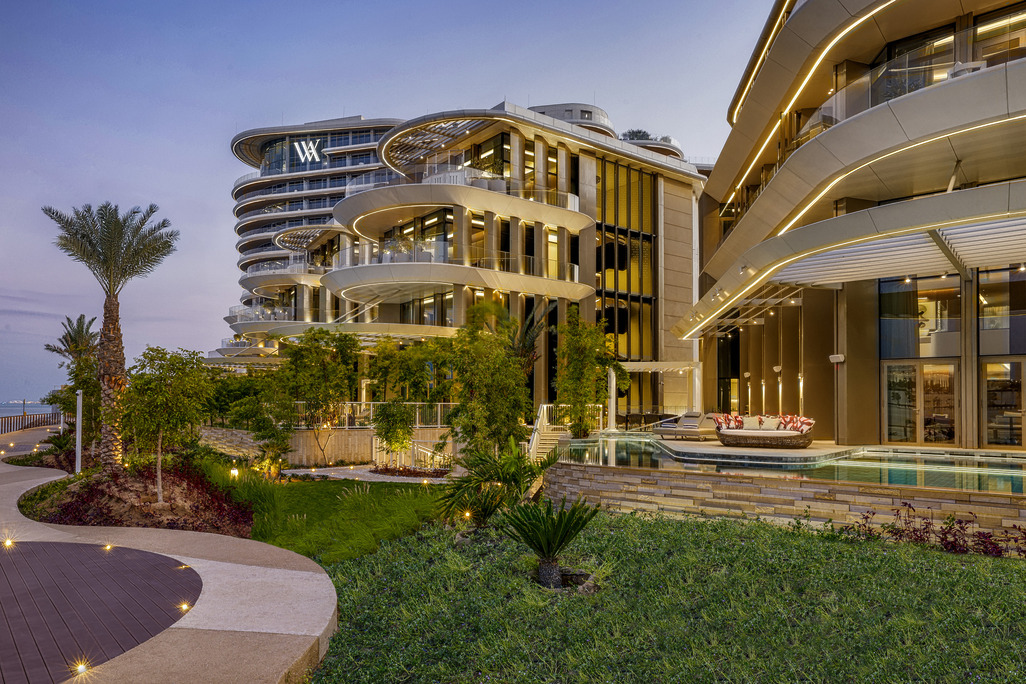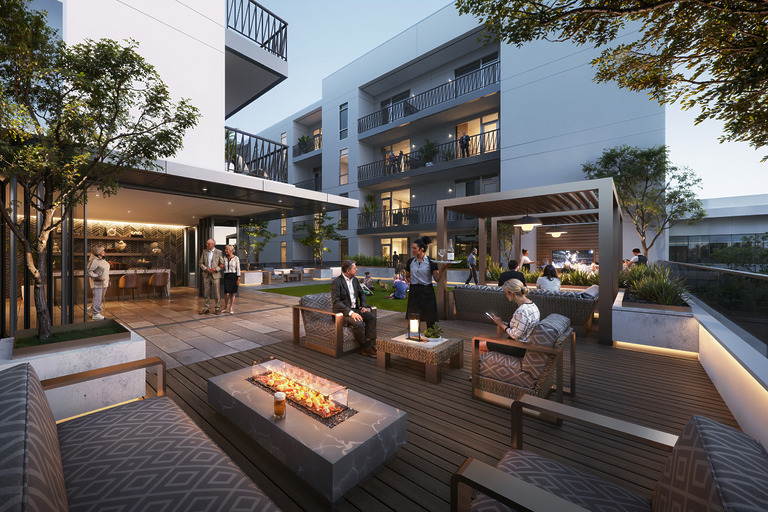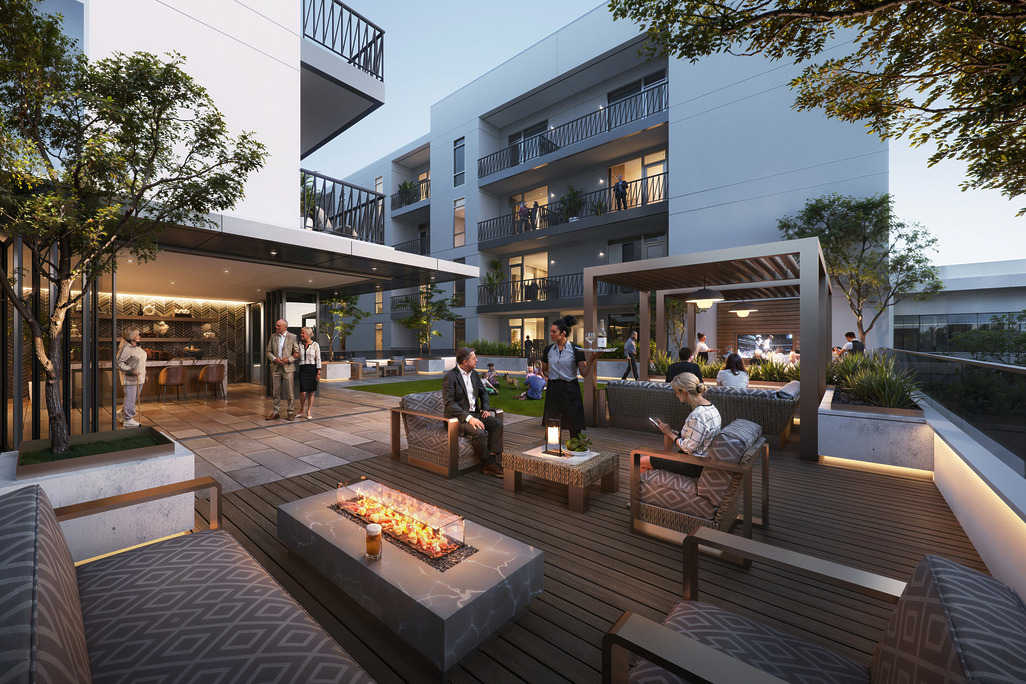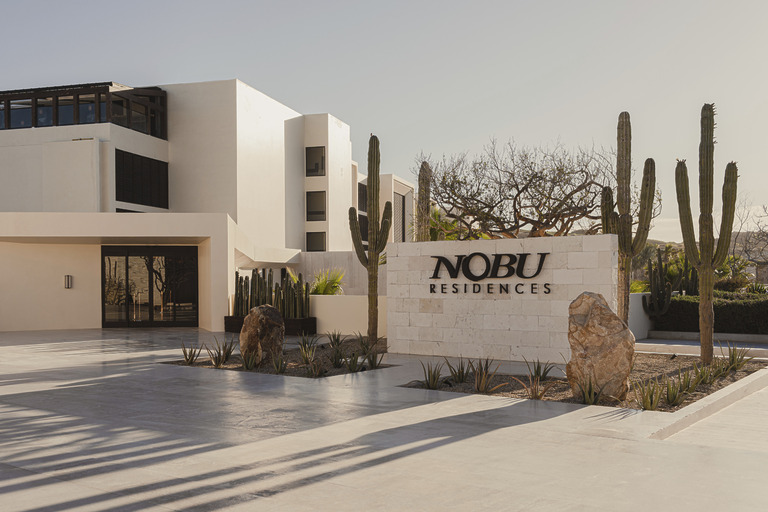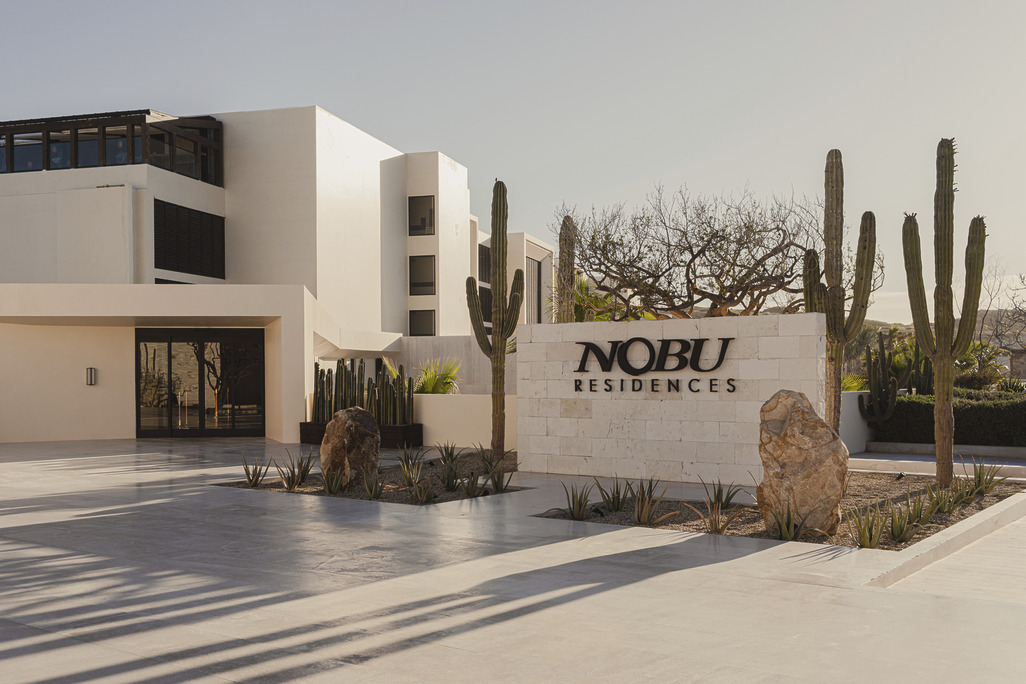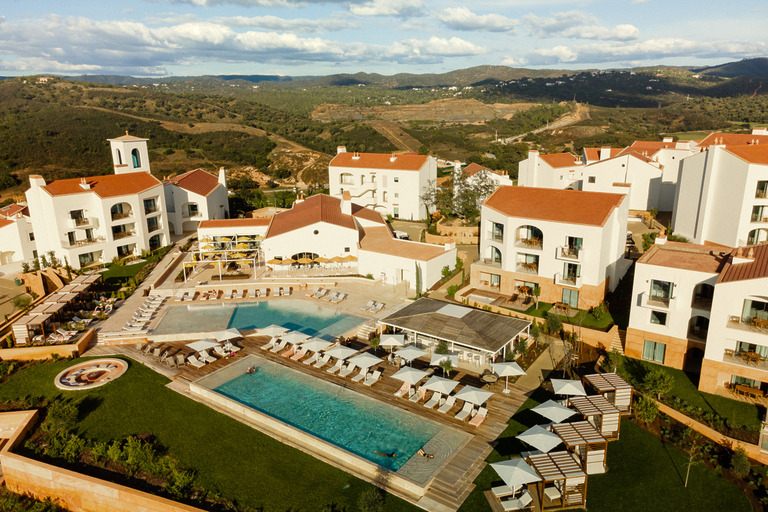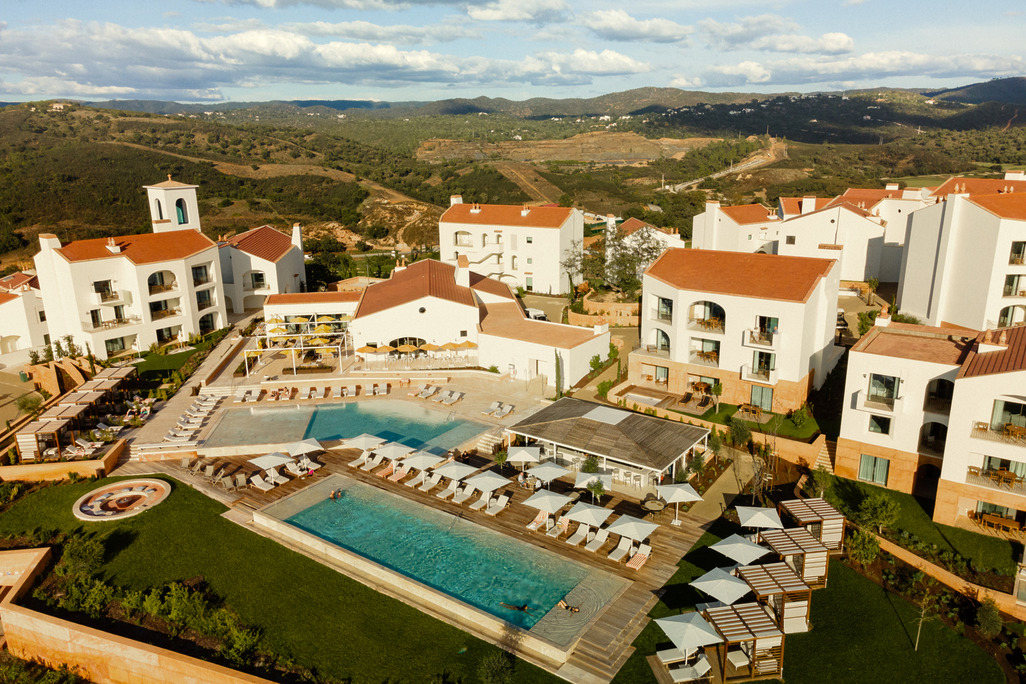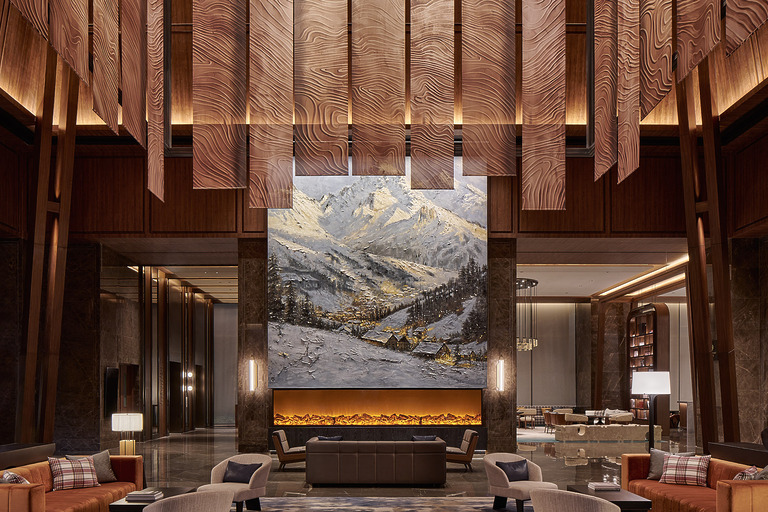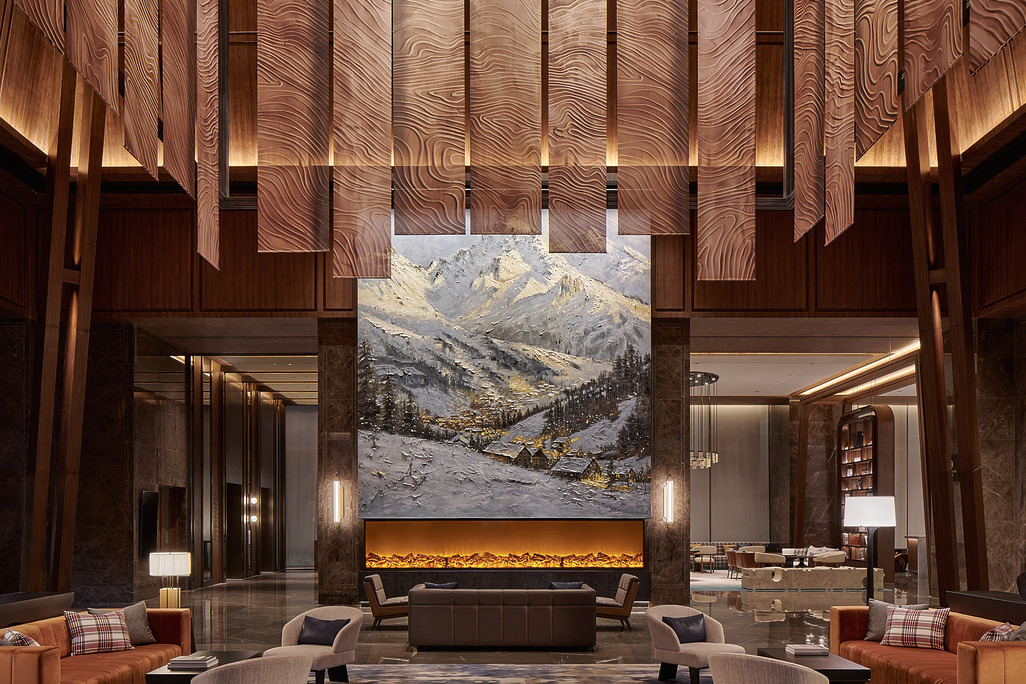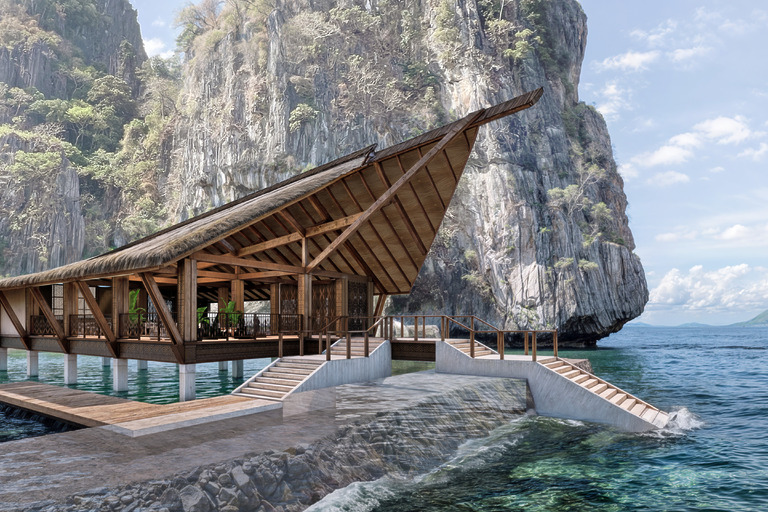
- Asia Pacific
Transforming Cities into Sustainable Urban Oases
London, New York, Honolulu
Scalable
Landscape
In 2017, London Mayor Sadiq Khan declared a bold challenge for the people: transform the capital into the world’s first National Park City, by designating 50% of its footprint to green spaces. Inspired by the idea, and always innovating to ensure the resilience and sustainability of the planet and its projects, WATG issued an internal challenge of its own: how can landscape architects claw back space from the roads and reclaim them for the people?
The solution was Green Block: a maintenance-free, 100% recyclable modular building material permeated with native species that can, quite literally, be applied anywhere – vertically or horizontally, over existing roads and car parks, and on the sides of buildings, lamp posts, bollards, and more. Ensuring flexibility and global adaptability, one of the key features of Green Block is self-contained irrigation and root barriers, which allows expansive concrete or tarmacked spaces to be transformed into green spaces instantly and with no impact on existing infrastructure.
In addition to increasing the visual appeal of cities, Green Block has the potential to transform the health and well-being of not only a city’s inhabitants, but the planet more broadly, by serving as a natural filtering system for pollutants, absorbing water in flood-prone areas, creating habitats for pollinators, and improving peoples’ mental wellbeing by providing access to green environments where one can stop to smell the roses, so to speak.
The London concept alone generated so much interest – over 1.4m views on Twitter – that it inspired additional thinking to roll out in New York City and Honolulu.
Green Block is currently being prototyped, with the concept widely endorsed by esteemed organizations including National Parks Research and London Wildlife Trust, and millions of citizens.
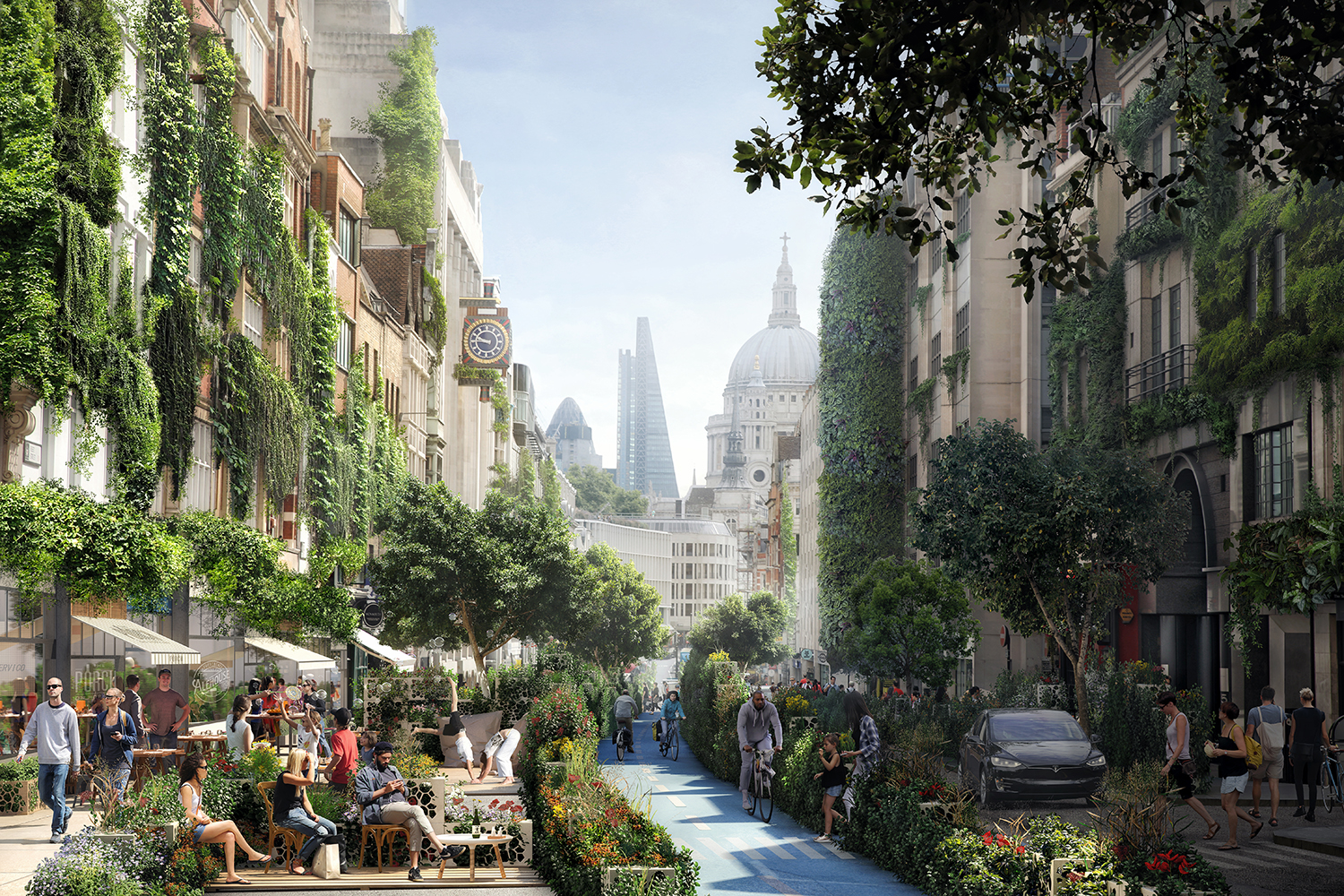
Always innovating to ensure the resilience and sustainability of the planet, our landscape teams posed the question: how can we reclaim the space currently allocated to roads?
London, with its rich natural and cultural heritage, embarked on an ambitious journey to become a National Park City. Already boasting 47% green space, the city aimed to enhance its biodiversity, improve air quality, and foster a deeper connection between people and nature. Working in collaboration with Daniel Raven-Ellison, Guerrilla Geographer & Creative Explorer, who led the campaign to make London the world’s first National Park City (NPC), the WATG Landscape Architecture team, led by Demet Karaoglu, Senior Project Landscape Architect, embraced the cause and conceptualized The Green Block.
The Green Block is a modular, maintenance-free building material infused with native wildflower seeds and equipped with its own irrigation system. It offers versatile applications for increasing biodiversity and transforming the urban landscape:
As the COVID-19 pandemic quieted the bustling streets of New York City, a glimpse of its untapped potential emerged. With reduced pollution and a newfound appreciation for nature, the city experienced a unique transformation. WATG seized this opportunity and launched the Green Block concept for New York City, envisioning a post-pandemic streetscape that combines urban living with green spaces.
Led by John Goldwyn, WATG’s master planner and landscape architect, the Green Block reimagines the intersection of Manhattan’s Flatiron Building as a vibrant and car-free environment. The modular program utilizes recyclable materials and introduces greenery to cafes, shopfronts, and streets, resulting in improved air quality, reduced noise pollution, and increased recreational spaces.
The pandemic highlighted the desire of urban dwellers to reconnect with nature, emphasizing the importance of addressing this human right. By incorporating the Green Block concept, New York City can become a global leader in harmonizing urban development and green living. The solution aligns with the city’s aim for resilience and self-reliance, creating systems of support that thrive during times of crisis.
The solution also presents new revenue opportunities for retail, commerce, and restaurants, fostering a healthier, more sustainable urban lifestyle.
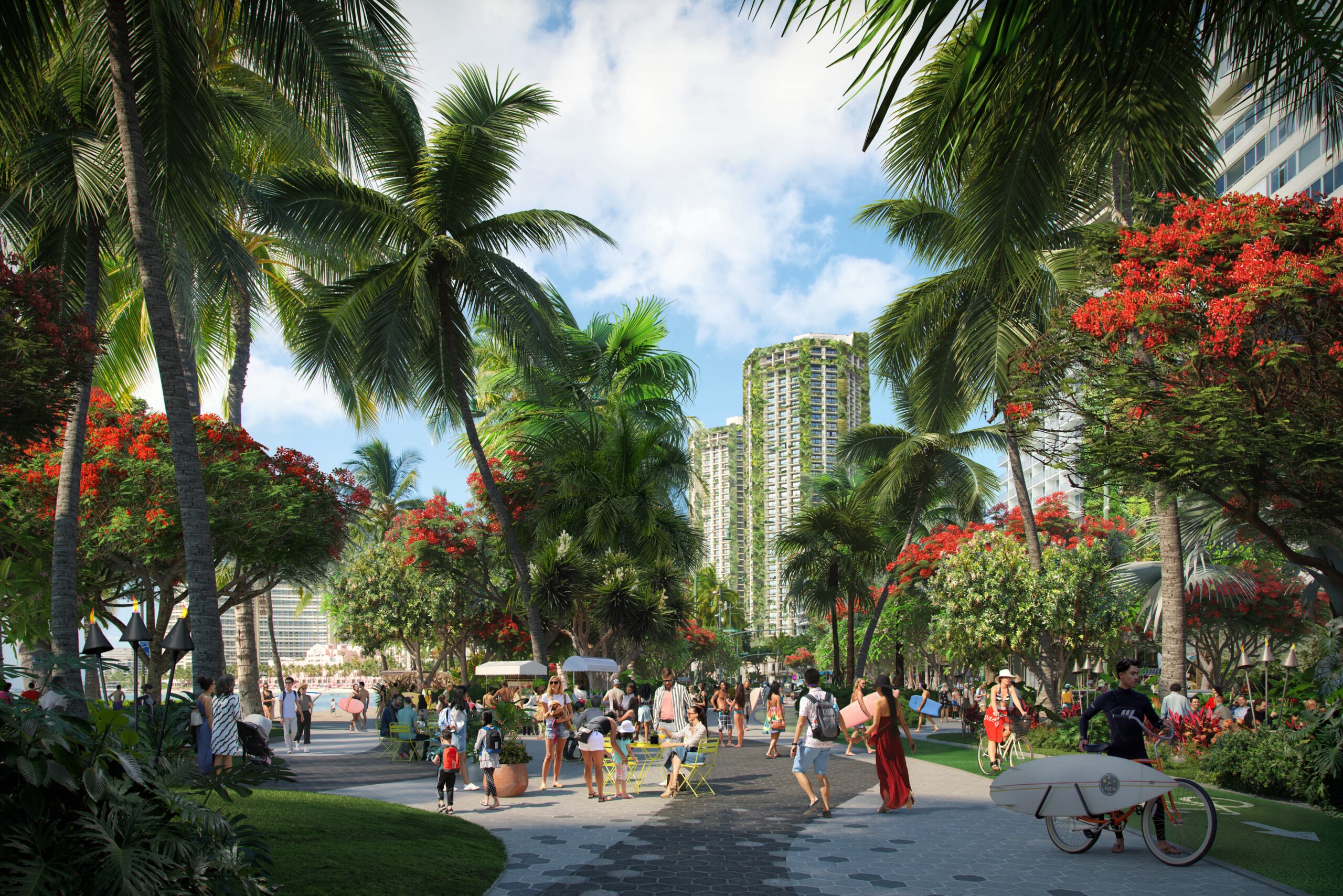
In celebration of Earth Day and World Landscape Architecture Month, WATG unveiled Green Block Honolulu, the third installment of the project alongside London and New York City. Focusing on the transformation of Kalakaua Avenue, one of the most economically prosperous but environmentally vulnerable streets in America. Serving as the main entryway into Waikiki since the 1800s, Kalakaua Avenue boasts breathtaking views of the world-famous Waikiki Beach and showcases a unique fusion of architectural styles, including renowned hotels and resorts such as the WATG-designed Royal Hawaiian, Sheraton Waikiki, Hyatt Regency Waikiki Beach and Spa, and ʻAlohilani Resort Waikiki Beach.
Michael Brown, Senior Planner and Landscape Architect at WATG Honolulu, spearheaded the initiative in collaboration with John Goldwyn. Recognizing the local suitability of the Green Block concept for greening Hawaii’s hardscapes, Brown’s team focused on the Diamond Head side of Waikiki, an iconic symbol of hospitality. The concept reimagines this developed space as a lush urban oasis, placing the ʻāina (land) at the center of the resort experience, aligning with Oʻahu’s mission to build a more resilient island community.
Green Block Honolulu holds tremendous promise for Hawaii and its urban areas. It serves as a living, breathing solution for air filtration, reducing car noise, impact, and pollution. Moreover, it creates green corridors that allow urban dwellers and visitors to interact with nature, fostering a deeper connection to the environment. The concept promotes cycling and walking by replacing paved paths with lush native greenery. Additionally, it enhances the curb appeal of restaurants and retail spaces, providing untapped commercial opportunities for increased foot traffic, outdoor dining, and shopping experiences.
Through projects like Green Block, we demonstrate our dedication to championing and preserving environments and communities, delivering exceptional design solutions that prioritize the harmonious coexistence of people and nature.
From London to New York City and Honolulu, each location has unique challenges and opportunities. The Green Block concept demonstrates the power of sustainable design in creating vibrant, resilient, and environmentally conscious cities. By reclaiming spaces from roads and car parks, integrating greenery into the urban fabric, and prioritizing the well-being of communities and ecosystems, Green Block paves the way for a greener, healthier future.
The project sparks conversations and fosters engagement around sustainable living in urban areas. For Earth Day 2023, WATG reaffirmed its commitment to designing resilient destinations and spaces where people thrive, using sustainable materials and techniques. Through projects like Green Block, we demonstrate our dedication to championing and preserving environments and communities, delivering exceptional design solutions that prioritize the harmonious coexistence of people and nature.
More Projects

